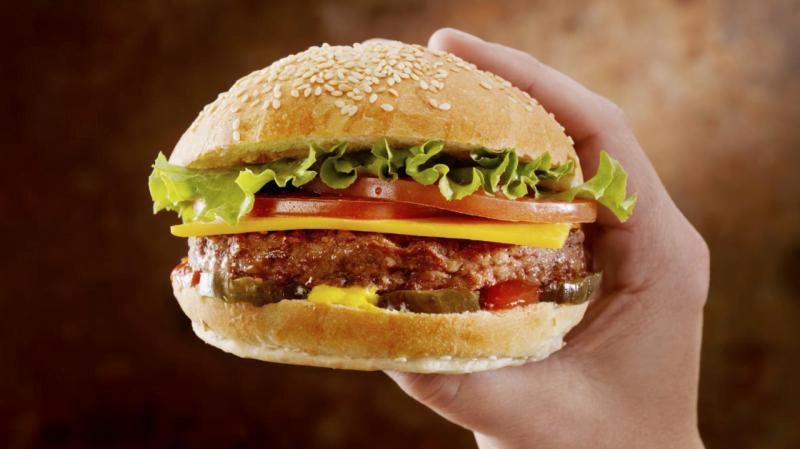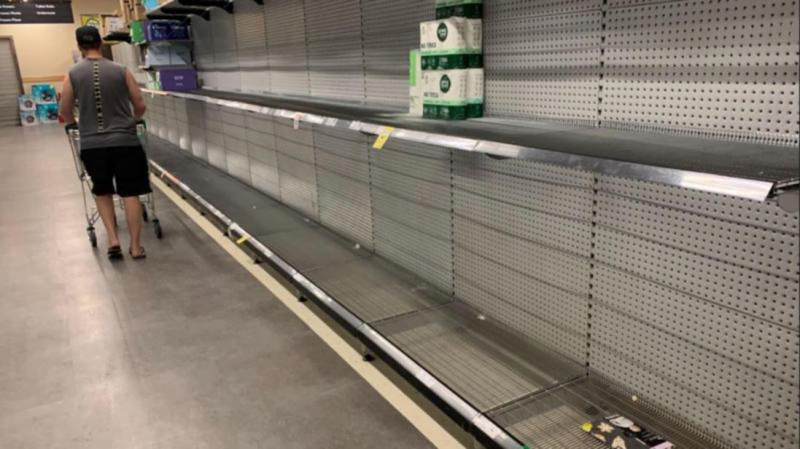The supermarket giant has submitted plans for a new store that’s unlike anything shoppers have seen before.
Supermarket chain Woolworths is planning on opening its first drive-through store in Sydney’s eastern suburbs in a radical move that could shake up the way many of us shop.
The retailer confirmed to news.com.au that it had lodged plans to transform a Caltex service station on Old South Road in Rose Bay into an “direct to boot” supermarket where customers can collect their online shopping, as part of a $560,000 proposed redevelopment.
According to the development application submitted to Woollahra Municipal Council, no in-store shopping will be available at the Rose Bay site.
The location will instead be a location for shoppers to make online orders and then collect them.
Customers will wait for Woolworths staff to deliver their orders to the boot of their car.
It is understood that a maximum of 100 shoppers will be able to collect their shopping each day.
The remodelled service station will also become a place for couriers to deliver groceries direct to customers’ doors through platforms like Uber Eats.
Plans by Woolworths for the site suggest that it will still look very much like a petrol station.
However, Woolworths will replace the petrol pumps with eleven spaces to park cars, including six for grocery shoppers and the remainder for Woolworths personnel.
“Customers using this service will only be parked for a matter of minutes while they wait for their order to be delivered to their car, as opposed to a typical shopping trip which can take upwards of 30 minutes,” a Woolworths spokesman said.
“This model is in response to a sustained increase in online shopping that is seen within the existing supermarket network while also providing a reduced Covid-19 risk for customers.”
The plans also indicate that the site will only be used for this purpose for up to a five-year period while Woolworths’ develops plans for a small to medium sized retail outlet.
But not everyone is convinced that the retailer’s plans for the Rose Bay site suits the eastern suburbs.
“We have a lot of older customers coming to us and they love coming into the store, seeing the products and they have that relationship with the staff where we know them all by name,” Peter Morelli, owner of Rose Bay’s famed Parisis Food Hall, told The Daily Telegraph.
The way of the future
The futuristic supermarket experience is set to look and feel different to what we have experienced in the past. So, what is next for the grocery sector?
No doubt, technology will continue to transform the way consumers shop and supermarkets are looking for ways to make grocery shopping faster and more convenient.
Artificial intelligence
This technology is not limited to robots or voice assistants, it’s much more than that in the retail shopping world.
For example, Woolworths has hi-tech robot cameras in stores which are apart of their Scan & Go program which automatically weigh and look up products without the need for a barcode.
The scales are so on point that they can tell the difference between different types of the same vegetables and organic and non-organic produce in less than 200 milliseconds.
Going check-out free
The checkout-free concept has created a buzz recently with Aldi opening its new Shop & Go store in Greenwich in London which uses artificial intelligence so that customers do not have to visit the checkout.
To use this service, customers download the Aldi Shop & Go app which tracks items that are taken from the shelves. Once customers have finished their shop, they can leave the store without having to pass through a checkout.
The groceries are then charged electronically to the customer’s account through the app and customers are given a receipt through the app later.
Using QR codes
Woolworths shoppers can pay for their grocery items through a single QR code scan on their smartphone. The new feature, Everyday Pay, which was unveiled on May 11 is one of the first digital wallets in Australia to support QR code payments.
Everyday Rewards members need to insert their credit card, debit or gift card details along with how they would like to pay in the app.
The digital wallet then takes care of the rest when the customer scans the QR code available for payment at check-outs.
At Amazon Fresh stores in the United Kingdom, shoppers scan a QR code when they first enter the store and then cameras and sensors track their movements and what they take from the shelves.
The technology can also identify whether the customer puts any item back on the shelf. Consumers are then charged for their orders through the Amazon app on their smartphone.
Mapping out shopping trips
Through its app, Coles allows customers to map out their trip to the supermarket aisle-by-aisle to avoid the time they will spend walking aimlessly around the store searching for items.
Facial age estimation technology
Customers purchasing alcohol in Aldi’s Greenwich High Street in London are able to use facial age estimation technology to confirm their age via the Aldi Shop & Go app.
Extracted from Herald Sun



